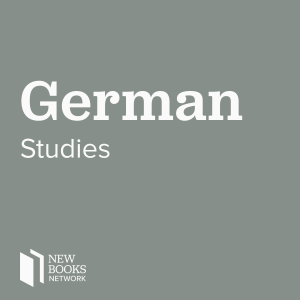
Karrin Hanshew, “Terror and Democracy in West Germany” (Cambridge UP, 2012)
 2013-11-16
2013-11-16
In West Germany in September and October of 1977, a group of self-described urban guerrillas of the Red Army Faction (RAF) kidnapped industrialist Hanns Martin Schleyer. In exchange for Schleyer, the RAF demanded the release of its imprisoned leaders, Andreas Baader and Gudrun Ensslin. Those months in 1977 following the abduction of Schleyer are often referred to as the German Autumn, and they represent a crescendo of leftist political violence that had its origins, in some ways, almost a decade before.
Terror prompted a crisis in the 70s for the West German government and German democracy. Of course, 1977 was not the first time in history that a German republic had been tested by a group of radicals intending to bring it down. That had already happened in the 1930s. But 1977 turned out very differently than 1933–when the Nazis “captured” power in a profoundly embattled and dysfunctional democracy. In fact, as Karrin Hanshew argues in her fascinating book, “West Germany’s terrorist crisis helped to usher in the relatively stable civil society that still defines Germany today. Karrin Hanshew‘s new book Terror and Democracy in West Germany (Cambridge University Press, 2012) is, at once, a political history of the FRG, a history of democracy, a history of political theory in the abstract and in action, and a history of social movements, among many other things. I learned so much from it and I think that you will too.
Learn more about your ad choices. Visit megaphone.fm/adchoices
Support our show by becoming a premium member! https://newbooksnetwork.supportingcast.fm/german-studies
More Episodes
Create your
podcast in
minutes
- Full-featured podcast site
- Unlimited storage and bandwidth
- Comprehensive podcast stats
- Distribute to Apple Podcasts, Spotify, and more
- Make money with your podcast
It is Free
- Privacy Policy
- Cookie Policy
- Terms of Use
- Consent Preferences
- Copyright © 2015-2024 Podbean.com






